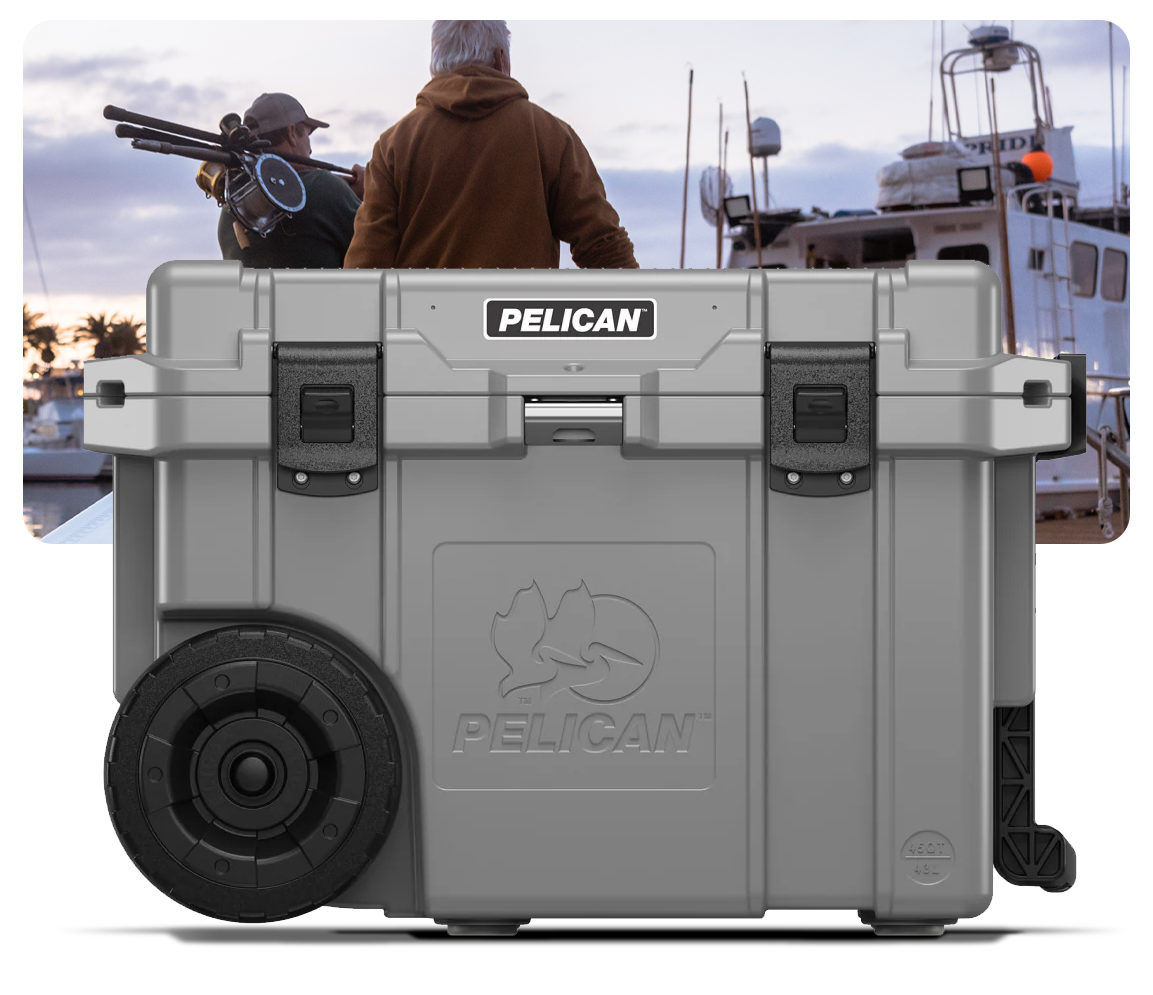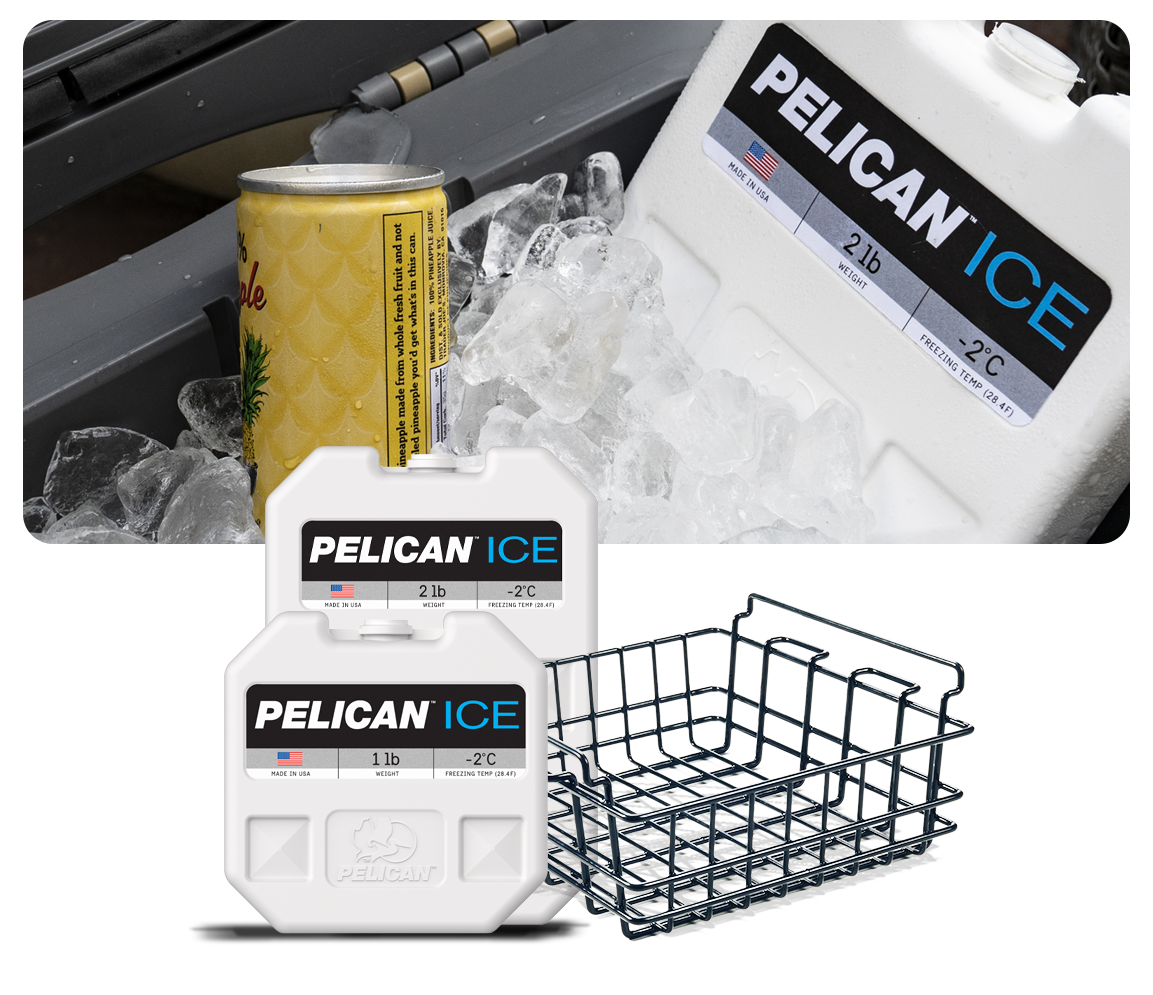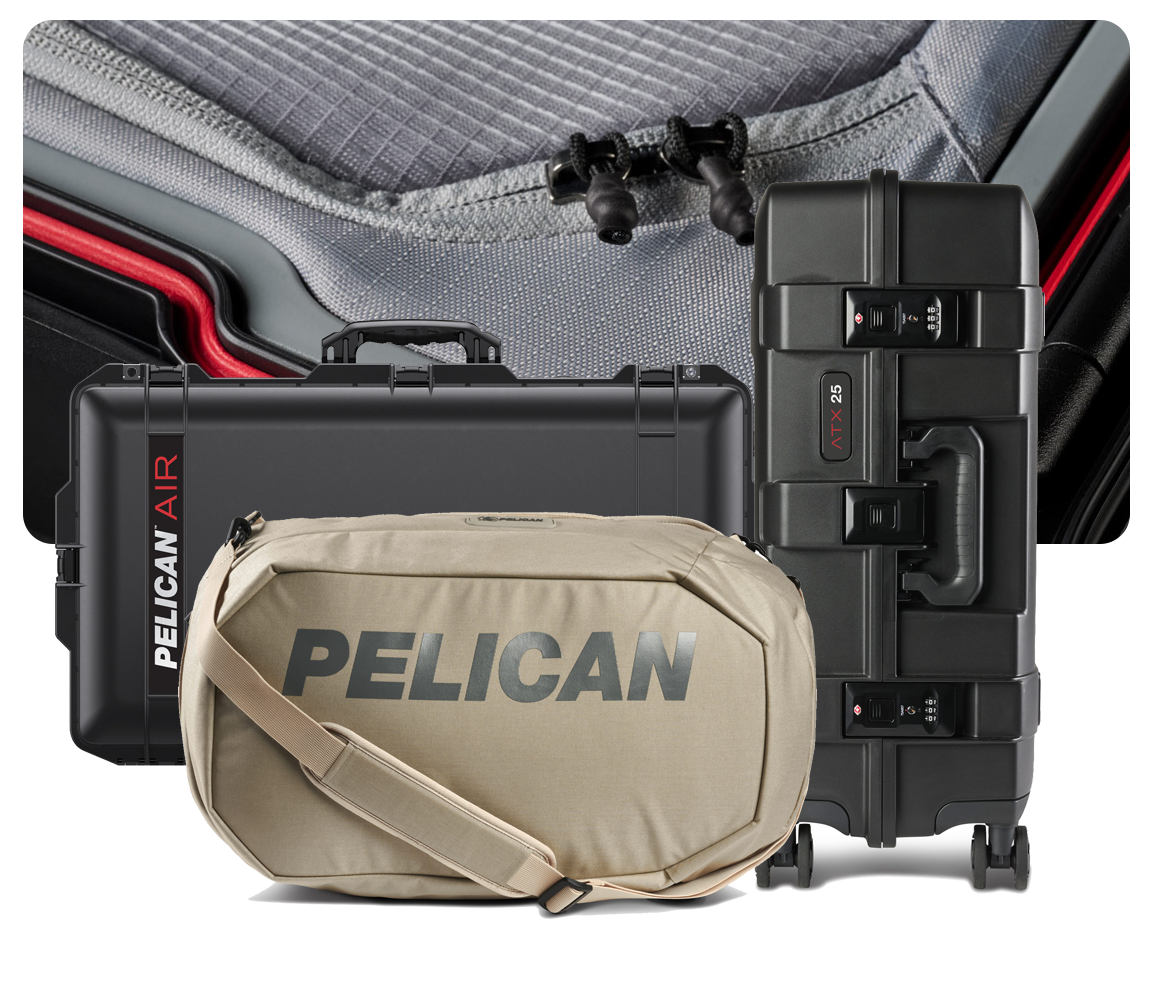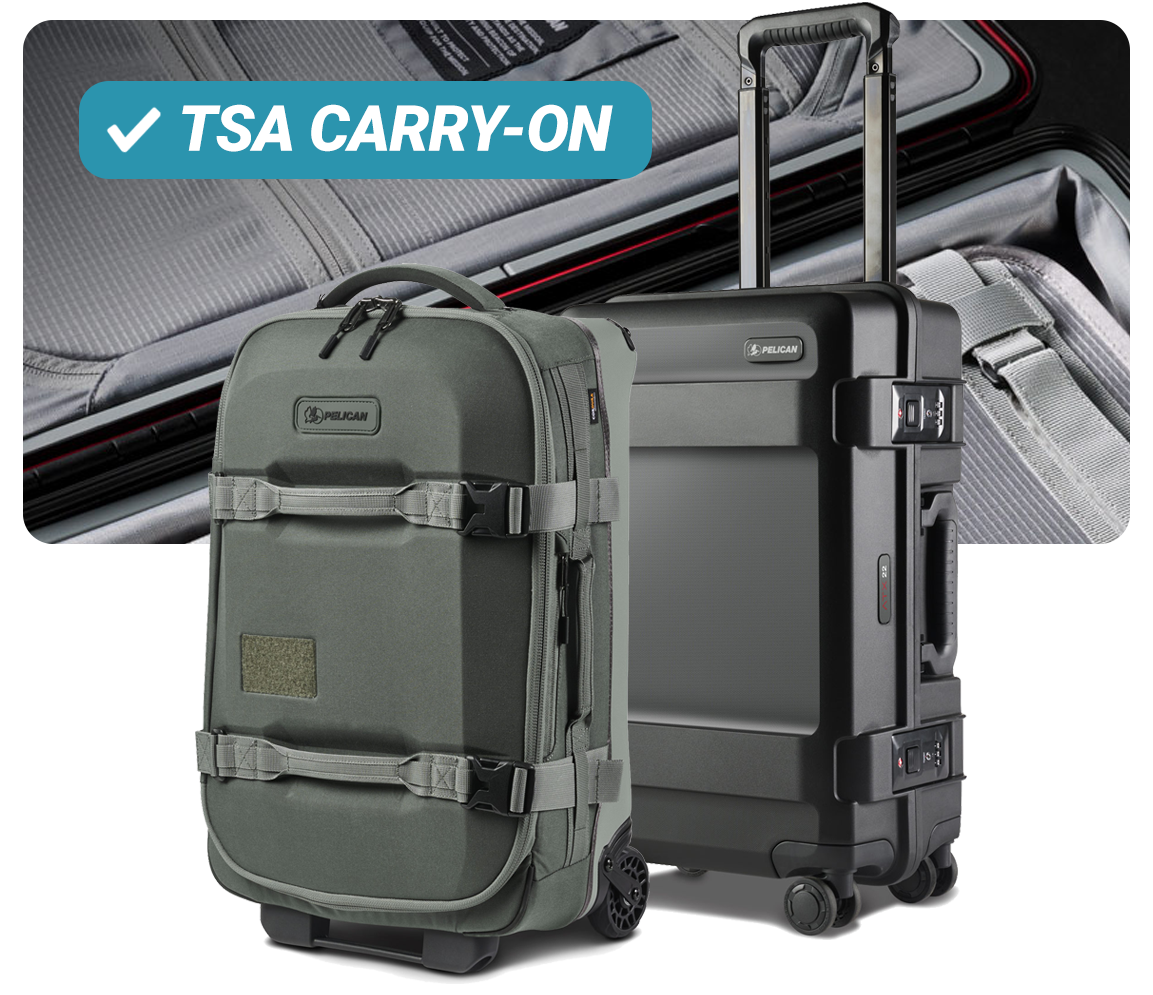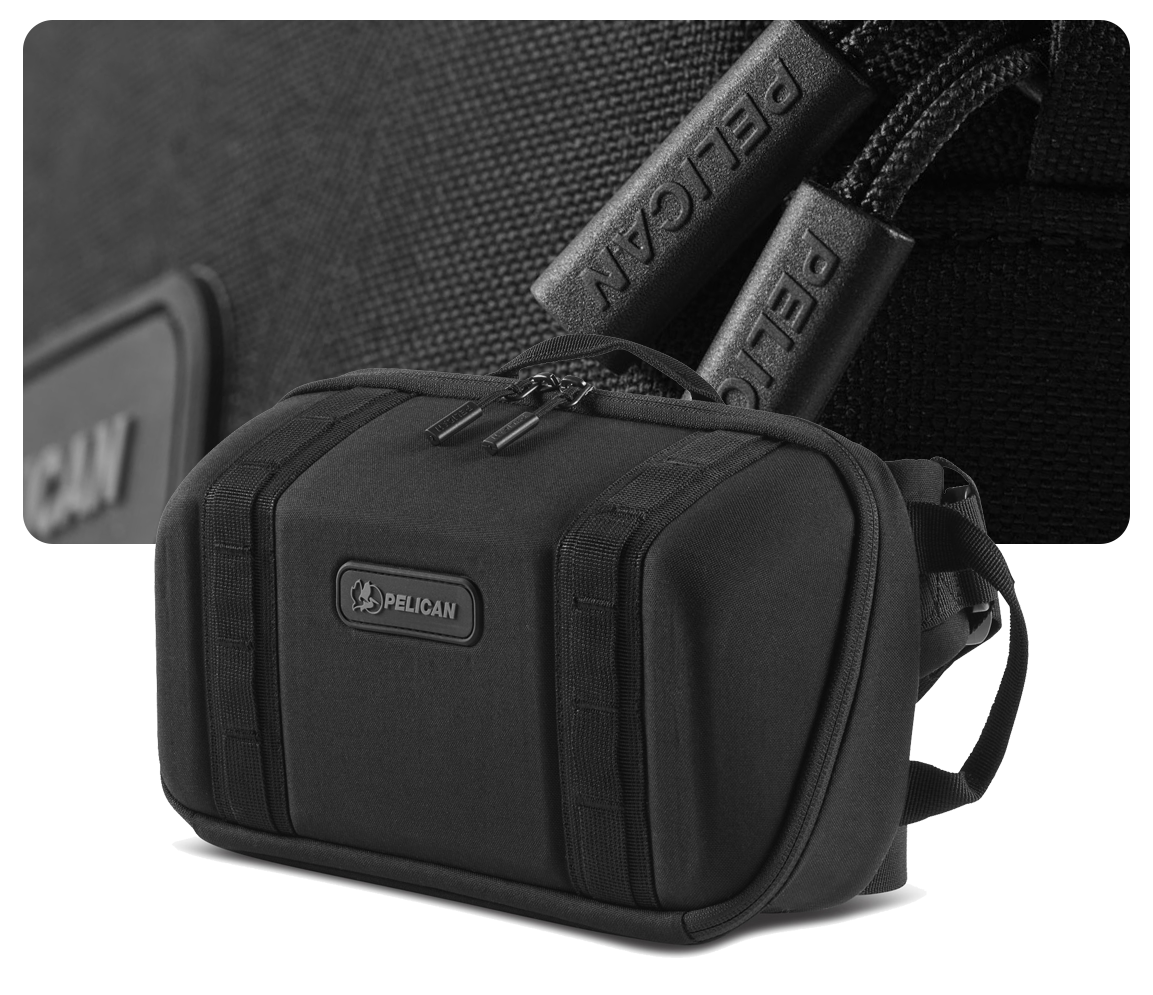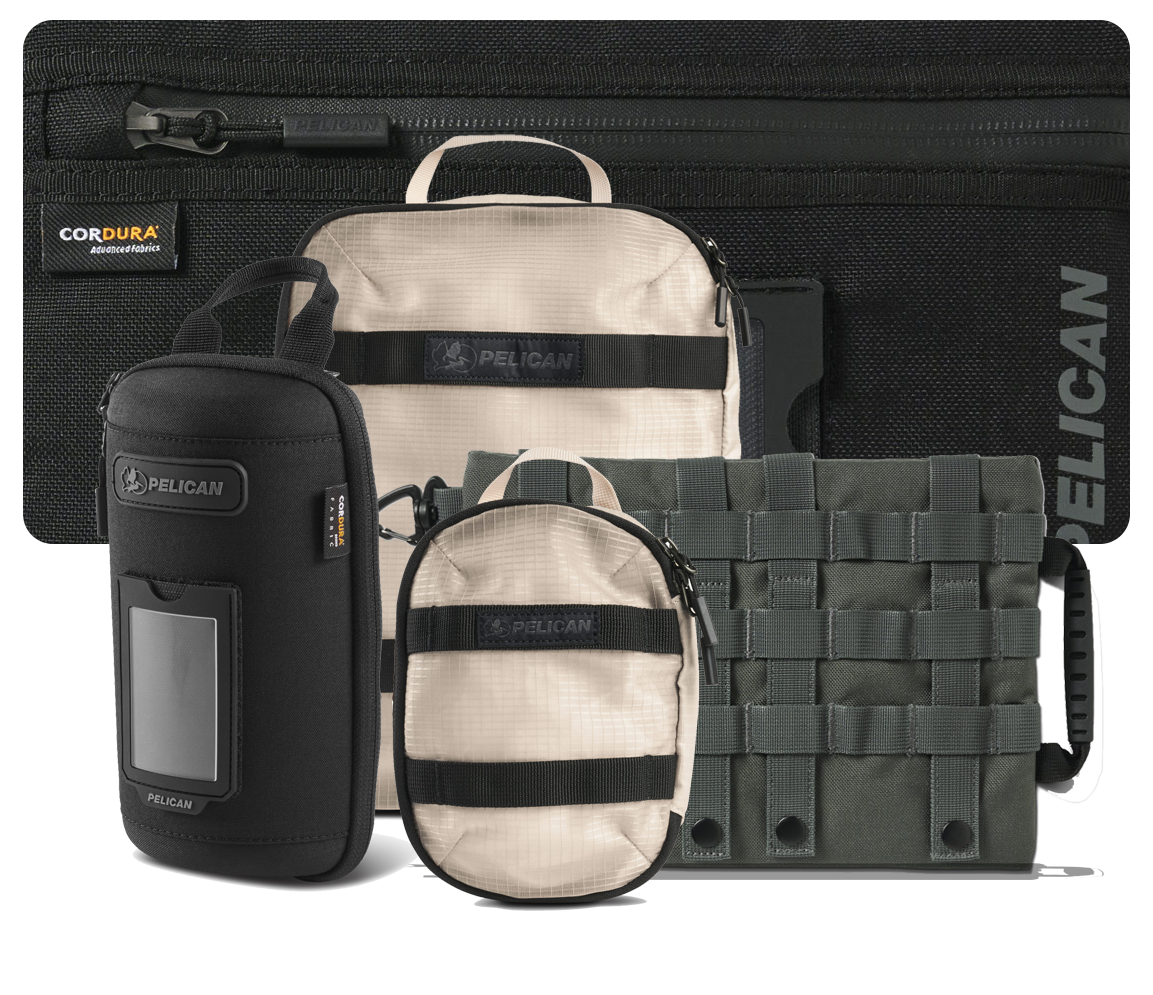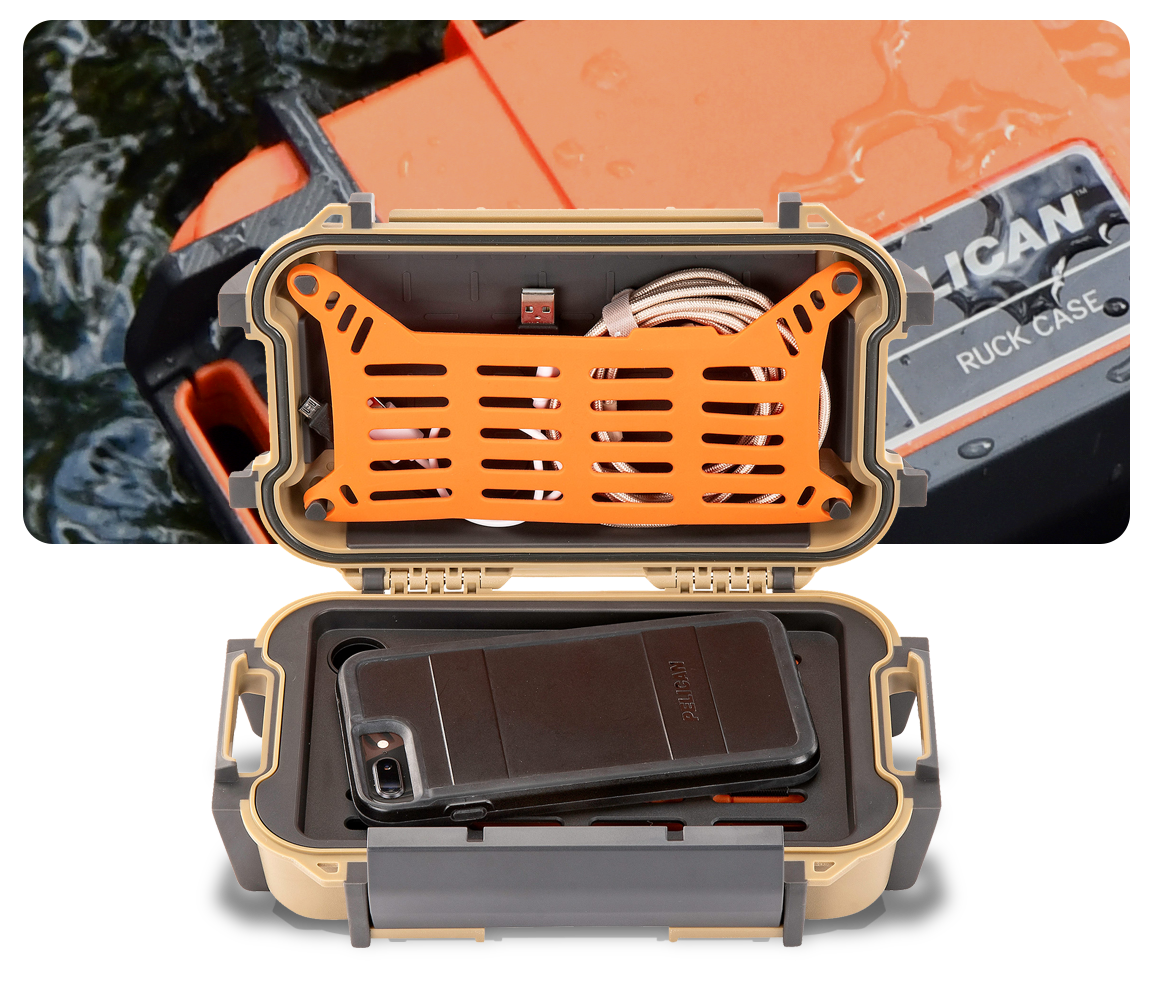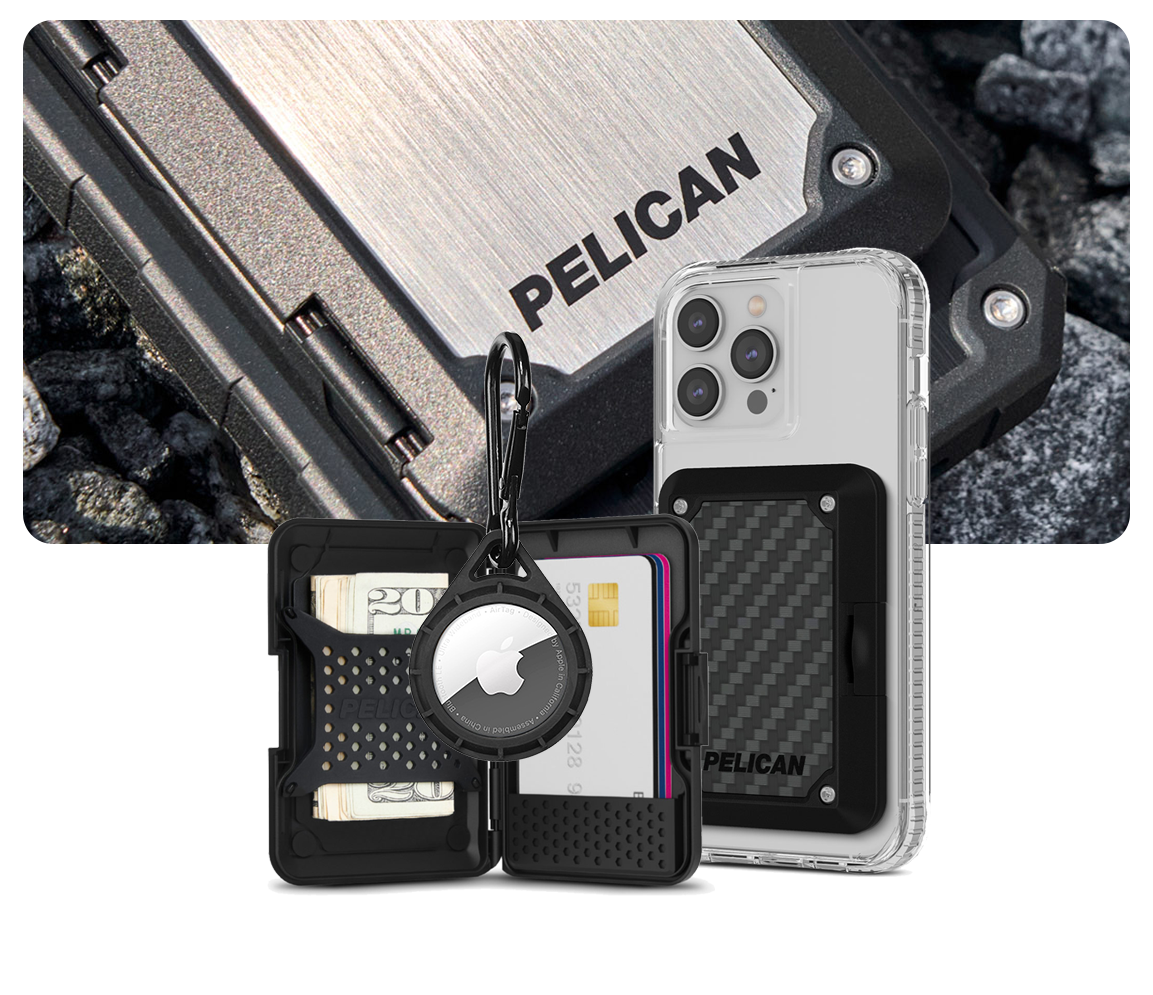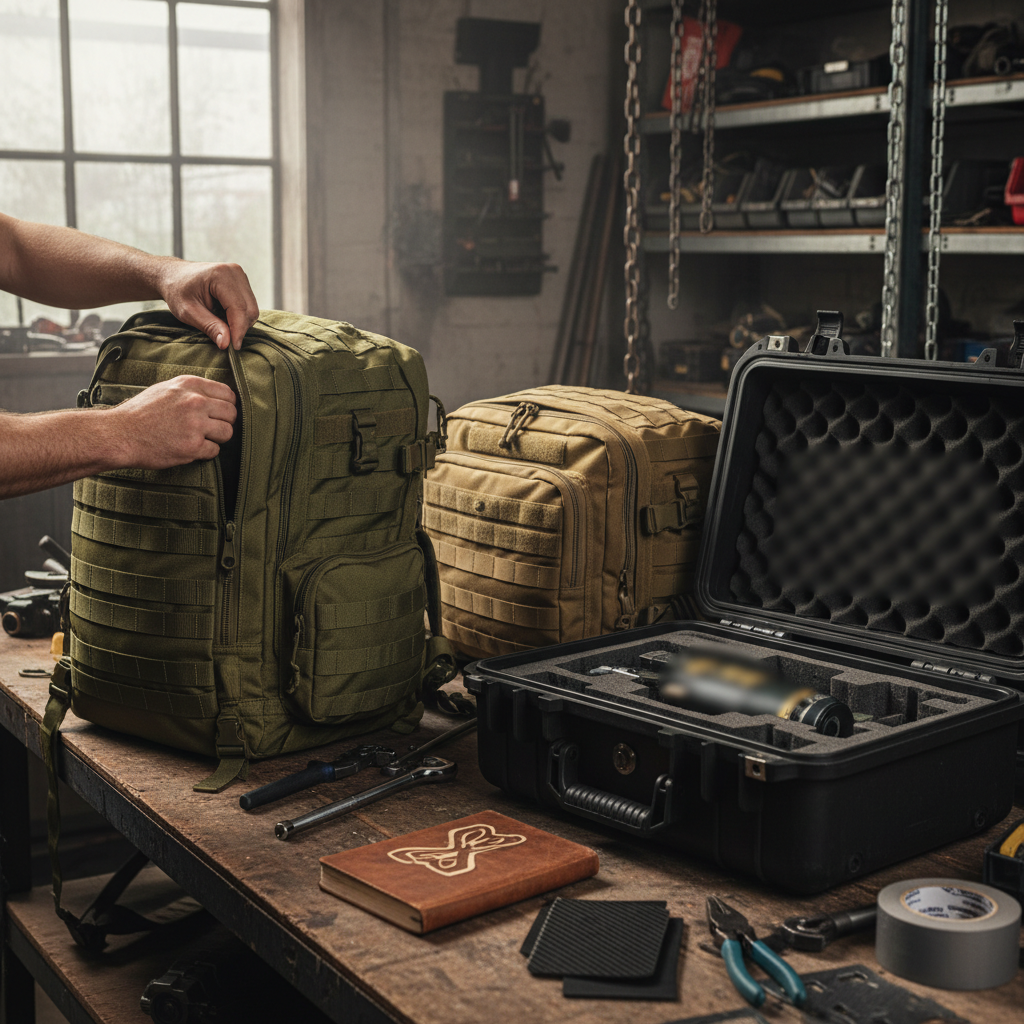Gear Up for the Uncharted: A Deep Dive into Extreme Travel Luggage
Your Definitive Guide to Durability, Security, and Smart Packing for Any Expedition
Quick Summary / Key Takeaways
- Focus on construction: Choose high-denier fabrics, reinforced stitching, and waterproof zippers. These features ensure strong resistance to tough conditions and rough use.
- Security is key: TSA-approved locks, puncture-resistant zippers, and RFID-blocking pockets keep your valuables safe from theft and data skimming.
- Think about modularity and access: Luggage that adjusts to different loads and lets you reach essentials quickly can really change the game in unpredictable situations.
- Weight vs. durability: Find the right mix of strong materials and airline weight limits. Ultralight isn't always ideal, but too much bulk isn't good either.
- Test your gear before your trip. Simulate conditions if you can. Always pack a small repair kit. A broken zipper in the backcountry can lead to disaster, but you can prevent it.
Introduction
Have you ever stood on a jagged glacier or wandered a busy market in a far-off city, realizing your luggage is what holds everything together? For the extreme traveler, luggage is more than just a bag; it’s a lifeline. It withstands heavy rain, relentless dust, and tough impacts while protecting your gear. This isn't about picking a stylish suitcase for a beach trip. It’s about preparing for a real adventure—where both you and your gear face tough challenges. We need luggage that can handle failure since a broken zipper or a torn bag can mean the difference between success and trouble. It's an investment in resilience and peace of mind. After years of exploring from Arctic tundra to humid jungles, I know the right extreme travel luggage is essential. It should blend into the background, doing its job perfectly, so you can enjoy the journey without worrying if your camera made it through the last river crossing. Let’s explore what truly sets the best apart from the rest.
Extreme Luggage Material Comparison
| Material Type | Key Benefit | Durability Score (1-5) | Common Use Case |
|---|---|---|---|
| CORDURA® Nylon (1000D+) | Excellent abrasion & tear resistance | 4.5 | Expedition backpacks, duffels |
| Hypalon® (CSM Rubber) | Extreme abrasion & chemical resistance | 5.0 | Reinforcements, heavy-duty straps |
| HDPE/Polycarbonate | High impact resistance, rigid structure | 4.0 | Hardshell cases, protective boxes |
| TPU-Coated Fabric | Superior waterproofing, easy to clean | 4.0 | Dry bags, waterproof duffels |
Hard vs. Soft Extreme Luggage
| Feature | Hardshell Case | Soft-Sided Duffel | Expedition Backpack |
|---|---|---|---|
| Impact Protection | Excellent (crush-proof) | Good (absorbs minor shocks) | Moderate (depends on frame) |
| Water Resistance | Excellent (gasket sealed) | Varies (coated fabrics, zippers) | Good (rain covers, treated fabric) |
| Packability/Flexibility | Rigid, fixed volume | Flexible, compressible | Variable (external straps, pockets) |
| Security Level | High (integrated locks) | Moderate (can be cut) | Moderate (lockable zippers) |
Extreme Travel Luggage Preparation Checklist
- Check all zippers, straps, and buckles for wear. Lubricate them if needed. This will help your extreme travel luggage work well in tough and unpredictable conditions.
- Test your luggage’s waterproofing with a hose before traveling to wet areas. This ensures it can handle heavy rain, river crossings, or damp paths.
- Test your gear fully loaded to ensure balance and comfort before you leave. This way, your travel luggage stays stable and easy to carry during tough trips.
- Use dry bags and compression sacks to pack efficiently. This helps maximize space and keeps your essentials safe in extreme travel luggage.
Extreme Travel Luggage Post-Trip Checklist
- Clean all surfaces well. Remove dirt, salt, and grime. This helps stop material damage and keeps your travel luggage durable.
- Check for tears, abrasions, or damage from the trip. This helps spot early signs of wear after tough terrain or hard travel.
- Fix minor issues quickly or arrange for professional help if they're major. This way, your travel luggage stays ready for future adventures.
- Store your extreme travel luggage in a cool, dry place. Keep it away from direct sunlight. This helps preserve materials and extends its life and performance.
Table of Contents
Section 1: The Foundation of Extreme Luggage
- What defines "extreme travel luggage" compared to regular luggage?
- What are the most crucial features for extreme durability?
- How do material choices impact luggage performance in harsh conditions?
- What are the pros and cons of hardshell versus soft-sided luggage for extreme trips?
- How important is waterproofing for extreme travel luggage?
Section 2: Smart Choices for Specific Expeditions
- What type of luggage is best for mountaineering and climbing expeditions?
- Which luggage features are essential for travel in very cold climates?
- What considerations are vital for jungle or humid environment luggage?
- How do air travel restrictions affect extreme luggage choices?
- Should I prioritize weight or ruggedness for a long-term extreme trip?
Section 3: Security, Maintenance, and Advanced Tips
- What advanced security features should I look for in extreme travel luggage?
- How can I maintain my extreme travel luggage to prolong its lifespan?
- What are common mistakes travelers make when choosing extreme luggage?
- Are integrated repair kits necessary for extreme travel luggage?
- How do I pack extreme luggage to maximize space and protection?
Frequently Asked Questions
Section 1: The Foundation of Extreme Luggage
FAQ 1: What defines "extreme travel luggage" compared to regular luggage?
Extreme travel luggage is built for unmatched durability and performance in harsh conditions. It uses top materials like high-denier CORDURA nylon, reinforced construction, and advanced waterproofing. Specialized hardware withstands impacts, abrasions, and extreme temperatures. This design keeps your gear safe in situations where failure isn’t an option. It’s all about reliability when you’re far from the nearest replacement.
FAQ 2: What are the most crucial features for extreme luggage durability?
Key features for extreme luggage durability are strong materials, reinforced stress points, and tough, weather-resistant zippers. Look for fabrics like 1000D CORDURA or Hypalon, double-stitched seams, and YKK #10 or #12 zippers with water-resistant coatings. A solid internal frame or structural parts help prevent crushing and keep shape. These features work together to handle repeated abuse, impacts, and environmental stress.
FAQ 3: How do material choices impact luggage performance in harsh conditions?
Material choices affect luggage performance in tough conditions, as they influence resistance to abrasion, tearing, water, and extreme temperatures. For example, high-denier CORDURA nylon is excellent against abrasion. TPU-coated fabrics provide outstanding waterproofing and are easy to clean. Hypalon reinforces high-wear areas, while specialized plastics like HDPE resist impact and crushing. Choosing the right materials helps the bag handle various environmental challenges.
FAQ 4: What are the pros and cons of hardshell versus soft-sided luggage for extreme trips?
Hardshell luggage provides great impact protection and is watertight. It’s perfect for fragile items or wet conditions. However, it can be bulky and less flexible for irregular packing. Soft-sided luggage is more adaptable, lighter, and easier to store. It excels in compressibility. But soft-sided bags usually offer less crush protection and need better materials for similar water and puncture resistance. Your choice depends on whether you value internal protection or external flexibility more.
FAQ 5: How important is waterproofing for extreme travel luggage?
Waterproofing is vital for extreme travel luggage, as it keeps contents safe from rain, snow, river crossings, and humidity that can harm electronics, documents, and clothing. Even in dry areas, sudden rain can happen. This makes waterproof features like welded seams, roll-top closures, and YKK AquaGuard zippers essential. Protecting your gear from moisture helps it last longer and avoids costly failures or discomfort. Skimping on waterproofing can seriously damage sensitive equipment.
Section 2: Smart Choices for Specific Expeditions
FAQ 6: What type of luggage is best for mountaineering and climbing expeditions?
For mountaineering and climbing trips, tough, weather-resistant backpacks or sturdy haul bags are ideal. They usually have rugged, abrasion-resistant fabrics, like CORDURA. Reinforced attachment points are great for ropes and gear, and a streamlined shape helps prevent snagging. An internal frame system spreads heavy loads evenly, while external lash points are perfect for ice axes or crampons. Modularity, with removable compartments or straps, adds versatility for various climb phases.
FAQ 7: Which luggage features are essential for travel in very cold climates?
For very cold climates, key luggage features include materials that resist extreme cold, oversized zippers for gloved hands, and durable, waterproof fabrics. Choose luggage made from TPU-coated nylon or heavy-duty tarpaulin that stays flexible in sub-zero temperatures. This helps prevent brittle failures. Metal hardware should be strong and corrosion resistant. Also, insulated pockets can keep electronics or food from freezing. Finally, strong grab handles are essential for easy movement.
FAQ 8: What considerations are vital for jungle or humid environment luggage?
Key luggage features for jungle or humid environments include waterproofing, ventilation, and mold-resistant materials. Dry bags and roll-top duffels work best against moisture and heavy rain. Choose backpacks with breathable back panels to reduce sweat and stop fungal growth on items. Quick-drying fabrics and internal compartments that block moisture transfer are important, too. Avoid absorbent materials to prevent mildew.
FAQ 9: How do air travel restrictions affect extreme luggage choices?
Air travel restrictions affect luggage choices by setting size, weight, and material limits. Oversized or overweight bags can lead to high fees. Some items, like sharp tools or flammable liquids, are banned from checked or carry-on luggage. Many extreme bags aim to maximize internal space within airline rules. Features like compression straps help reduce bulk. Always check the specific airline policies before flying with specialized gear.
FAQ 10: Should I prioritize weight or ruggedness for a long-term extreme trip?
For a long-term extreme trip, you should prioritize ruggedness over minimal weight. The stress of extended travel demands maximum durability. While weight matters, a bag that fails during a multi-month expedition is worse than carrying extra pounds. Aim for a balance where durability meets manageable weight. High-denier fabrics and sturdy hardware offer added strength with only a slight weight increase. Don’t sacrifice structural integrity for lightness.
Section 3: Security, Maintenance, and Advanced Tips
FAQ 11: What advanced security features should I look for in extreme travel luggage?
Advanced security features you should look for in extreme travel luggage include TSA-approved locks, puncture-resistant zippers (often self-repairing), and slash-resistant fabric. Some premium options have internal stainless steel mesh or RFID-blocking pockets to guard against physical theft and digital skimming. Lockable zippers with secure anchor points are common. The best bags also include external compression straps for added security. Look for tamper-evident loops or unique locking mechanisms as well.
FAQ 12: How can I maintain my extreme travel luggage to prolong its lifespan?
To extend the life of your extreme travel luggage, clean it regularly based on its material. Check for wear and tear and store it properly. After each trip, remove dirt, grime, and salt, especially from zippers and buckles. Dry it thoroughly before storing to avoid mold. Lubricate zippers with silicone spray as needed. Fix minor tears or loose stitching quickly to prevent bigger issues. Store your luggage in a cool, dry place, out of direct sunlight when not in use.
FAQ 13: What are common mistakes travelers make when choosing extreme luggage?
Common mistakes travelers make include underestimating environmental demands, prioritizing looks over function, and not testing gear before leaving. Many pick bags based on brand hype instead of material specs or real-world performance. Another common error is overloading bags beyond their capacity, which strains seams and zippers. Not considering airline baggage limits or misunderstanding waterproof ratings can also cause problems.
FAQ 14: Are integrated repair kits necessary for extreme travel luggage?
Yes, integrated or personal repair kits are essential for extreme travel luggage. Small damages can quickly turn into big problems far from help. A basic kit should have a heavy-duty needle and thread (or dental floss), strong adhesive patches, zipper pull replacements, and a multi-tool. Fixing a torn seam or a broken zipper on the spot can save your trip. It’s all about being self-reliant in remote areas.
FAQ 15: How do I pack extreme luggage to maximize space and protection?
To maximize space and protect your gear, use compression sacks for soft items. Place heavy items near your back in backpacks or at the bottom of duffels. Wrap fragile items in clothing for added protection. Roll clothes to save space and avoid wrinkles. Use dry bags for important items, even inside waterproof luggage. This adds a second layer of protection. Distribute weight evenly to keep balance and reduce strain on zippers and handles.



